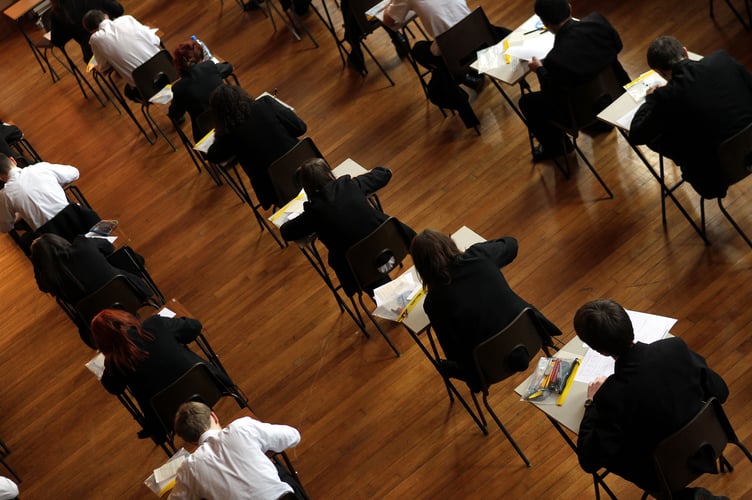Disadvantaged pupils from Gloucestershire secondary schools performed worse across eight key subjects than their peers, new figures show.
It follows the overall disadvantage gap trend across England, which experts said got worse after the pandemic.
Department for Education figures show disadvantaged children in Gloucestershire secondary schools received an average score of 34.5 out of 90 points for ‘Attainment 8’ in 2022-23, while their peers achieved a much higher score of 53.2.
Disadvantaged pupils include pupils known to be eligible for free school meals in any of the spring, autumn, or summer terms.
The grades measure pupils' performance in eight GCSE-level qualifications.
The attainment gap in Gloucestershire was 18.7 points – higher than the average for the country, which is 15.3.
Tom Middlehurst, Association of School and College Leaders’ qualification specialist, said: “There are wide geographical differences in educational attainment because poorer outcomes are closely linked to disadvantage and England is an incredibly unequal country.
“Children whose families struggle to provide basic amenities – let alone the clubs, tutors and resources that many wealthier families take for granted – are far less likely to be in a good condition to learn.
“The pandemic, lack of sufficient recovery funding and subsequent cost-of-living crisis have made matters worse.”
However, the attainment gap in Gloucestershire remained almost unchanged from 2018-19, the last full school year before the pandemic.
Mr Middlehurst added: “‘Levelling up’ must become more than a slogan and translate into improved investment and support for struggling communities and the schools and colleges which serve them.
“In particular, it should be a national priority to end child poverty, something which currently – and disgracefully – affects nearly 30% of children in the UK.”
James Bowen, assistant general secretary at school leaders’ union NAHT, said: “The Government needs to do far more to help schools tackle the disadvantage gap, which remains a real concern.
“The reality is that funding for disadvantaged pupils has stagnated, and the Government failed to give schools the levels of resources they needed to support pupils recovering from the pandemic.
“This isn’t just about schools alone. Services like social care and mental health support have suffered from chronic under-funding over the last decade and this has an impact on pupils too.”
Gloucestershire pupils whose first language is not English scored an average of 52.4 points. This was higher than native speakers’ results, who got 49.8.
Mr Middlehurst said: “Many young people with English as an additional language come from families migrating to the UK for professional jobs, therefore they have the level of associated family support, and tend to achieve very well at school.”
The overall attainment score for all secondary school pupils in Gloucestershire was 49.9 points – slightly higher than in 2018-19, when it was 49.6. The average score achieved across secondary schools in England was 46.2.
A Department for Education spokesperson said: “We know the pandemic had a significant impact on education which is why we have made £5 billion available since 2020 for education recovery initiatives, including four million tutoring course starts supporting pupils in all corners of the country.
“Almost half of pupils who received tutoring up until January 2023 were in receipt of free school meals, meaning tutoring is reaching some of the most disadvantaged children in the country.
“We are making progress in our recovery, and just last week data showed a year-on-year improvement in the reading ability of primary school pupils.”




